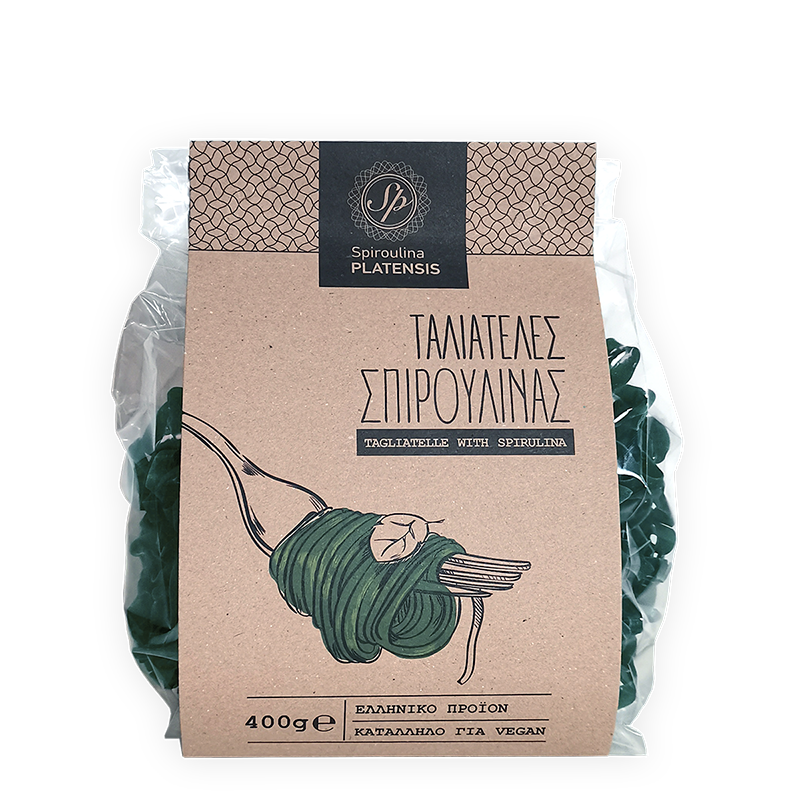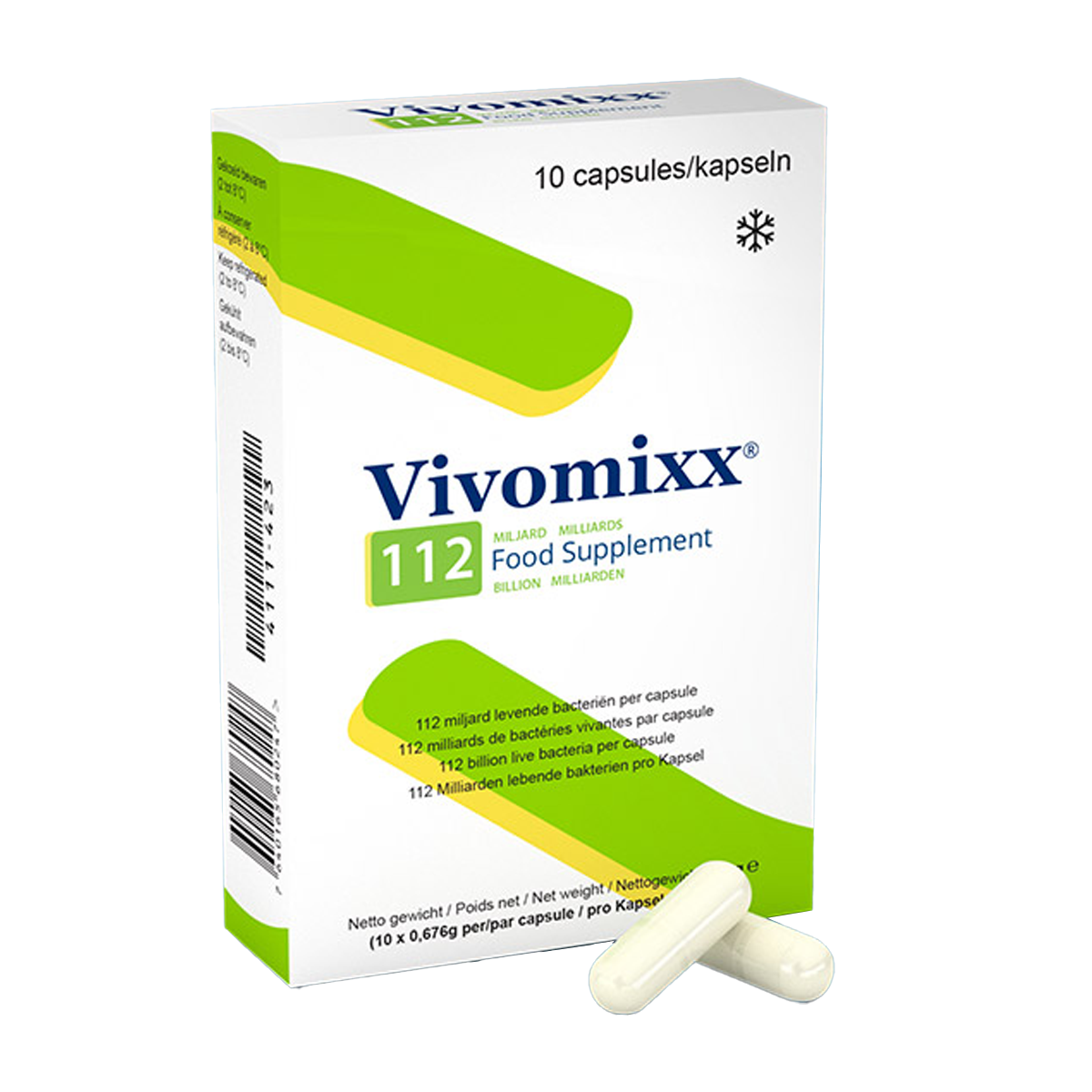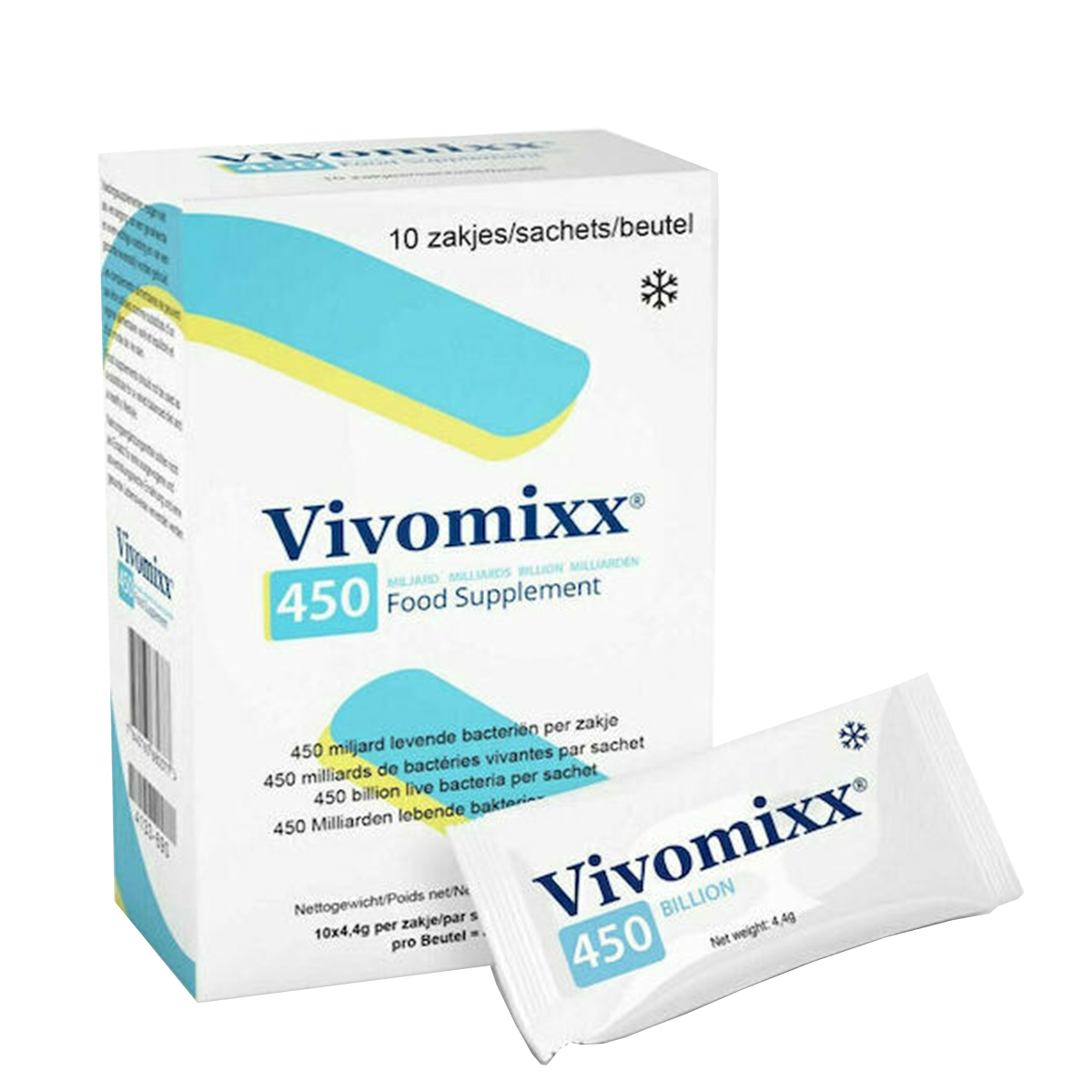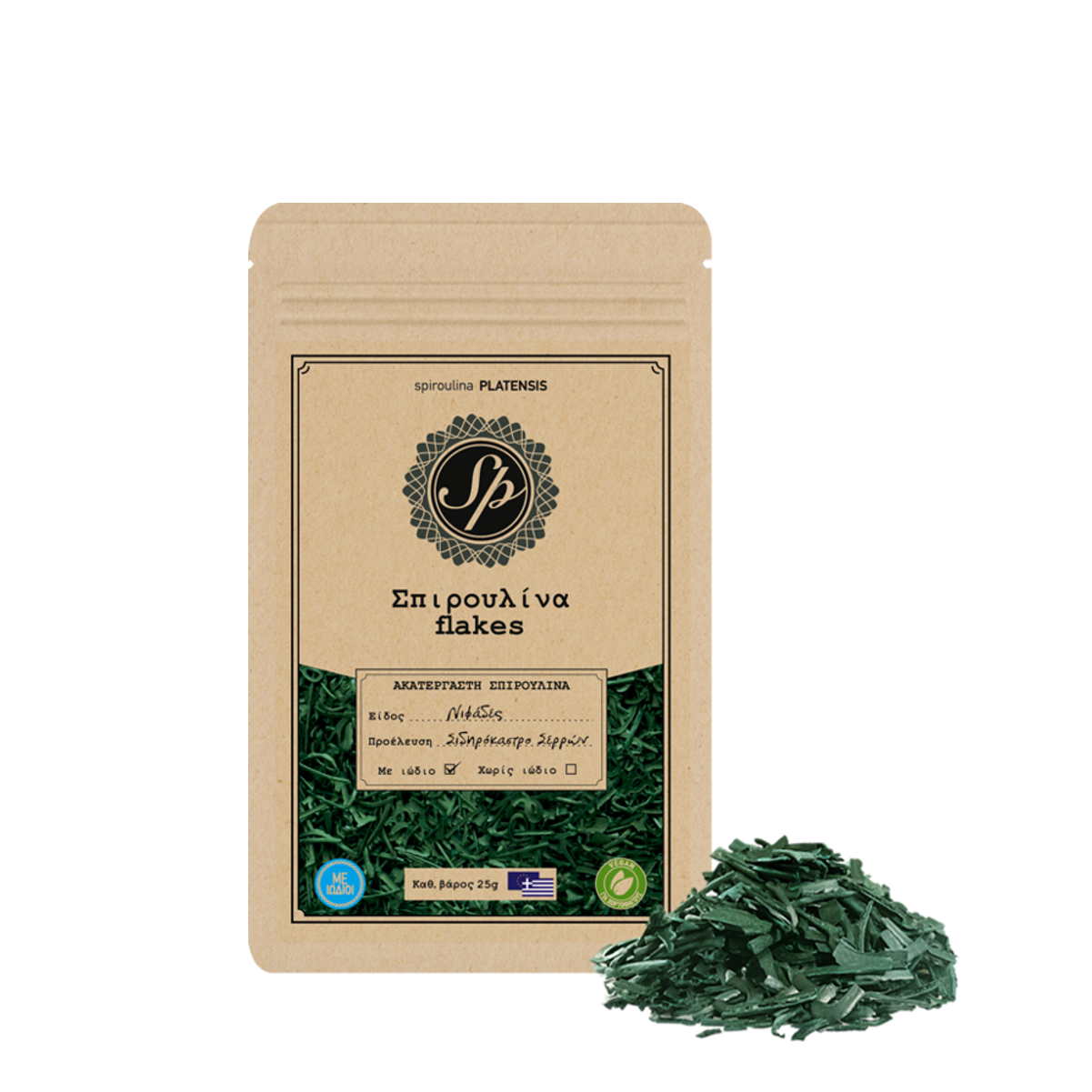Metabolism is the sum of biochemical reactions that take place in the cells of living organisms. Therefore, metabolism is involved with all the reactions associated with the release and production of energy.
Metabolism is affected by several factors such as:
- Sex: Men due to their muscle mass have a faster metabolic rate in contrast with women who have bigger fat storage.
- Age: The younger you are the better your metabolic rate is. As years pass, the metabolic rate is slowed down as you lose muscle mass.
- Hormones: Thyroxine controls metabolic rate. If it is increased by the thyroid gland, metabolic rate is increased as well. Another hormone with a pivotal role in the metabolic rate is leptin which is produced by lipocytes.
- Body fat percentage: As higher the percentage is the slower the metabolic rate of the body appears.
Spiroulina PLATENSIS has several important nutrients that awake the metabolic rate:
- Vitamin B complex which are involved in the metabolism of carbohydrates, lipid acids and proteins and in energy production. Deficiency of this complex slows the metabolic rate.
- Magnesium, which is necessary in metabolic process.
- Amino acids which activate metabolism
- Proteins that form muscle tissue and the feeling of fullness.
- Iron which deficiency blocks the metabolism as muscles are not receiving oxygen through haemoglobin and energy is reduced.
- Natural Fibres which help the body to burn fat
- Calcium which helps in fatty acid metabolism
Spiroulina PLATENSIS is 100% natural supplement which helps to lose weight as:
- It contains in a condensed form a variety of essential nutrients
- Replenishes any insufficiency that appear in the organism
- Does not affect the organism by adding extra calories
![]() For references see the ‘Bibliography’ page.
For references see the ‘Bibliography’ page.
‘IN ANY CASE THE INFORMATION WRITTEN CANNOT REPLACE MEDICAL OR SCIENTIFIC ADVICE OR CAN BE USED FOR SELF TREATMENT. THE INFORMATION WRITTEN ABOUT THE PROPERTIES AND NUTRIENTS OF SPIRULINA ARE SCIENTIFICALLY PROVED BY STUDIES AND REFERENCES CAN BE FOUND IN THE BIBLIOGRAPHY SECTION.’
 FREE SHIPPING COSTS
FREE SHIPPING COSTS
















